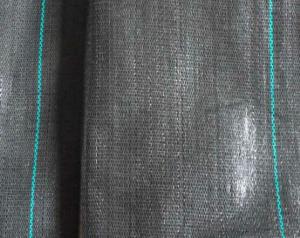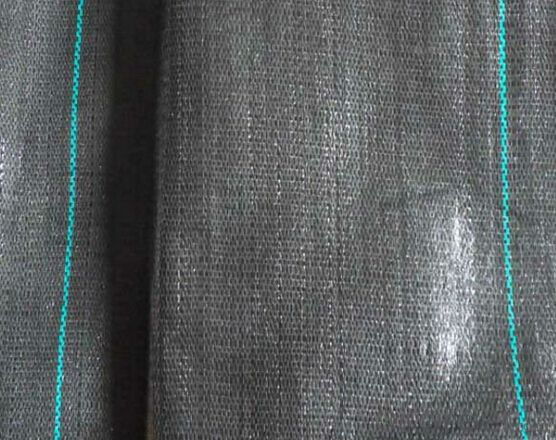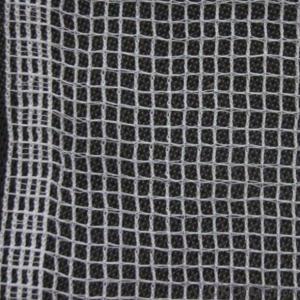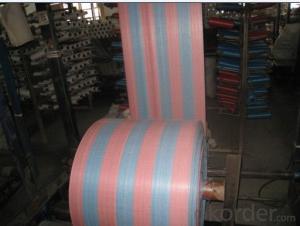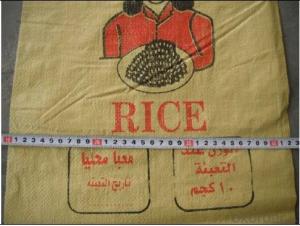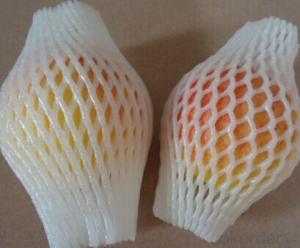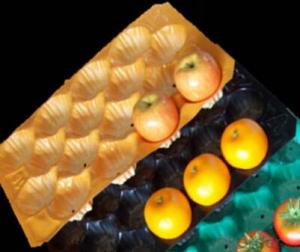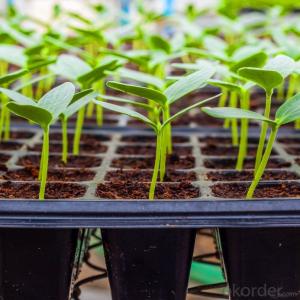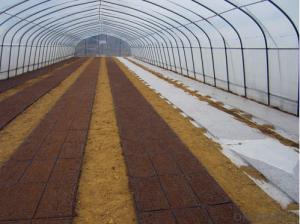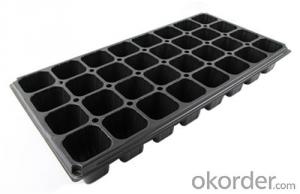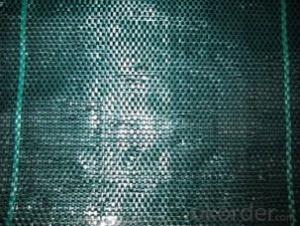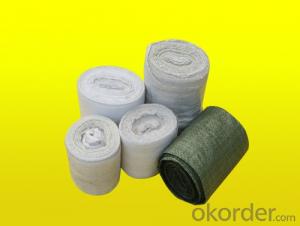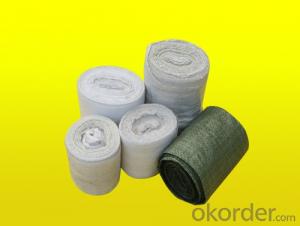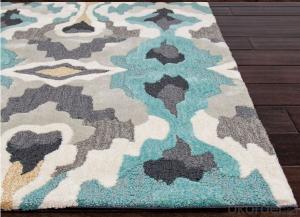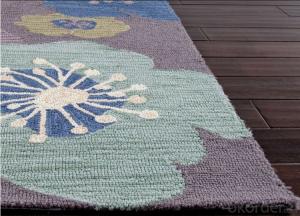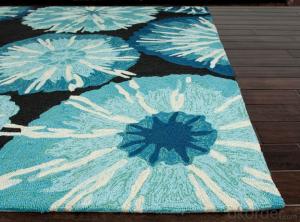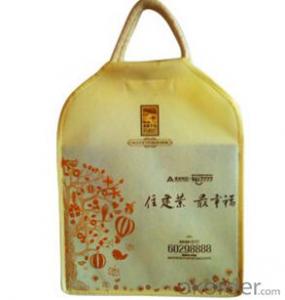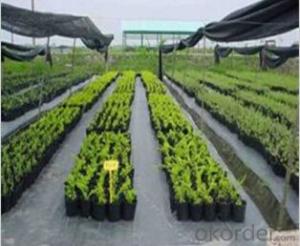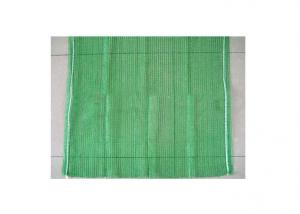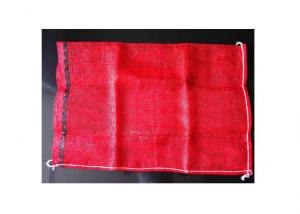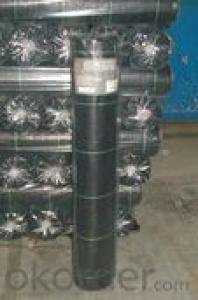Black PP ground cover in rolls
OKorder Service Pledge
OKorder Financial Service
You Might Also Like
PP rolls
• All of different specifications of PP trapaulin are available
1) Weaving Condition (mesh of weft & warp/sq.inch) : 7x7, 8x8, 10x8, 10x10, 12x12,14x14,16x16.
2) Weight : 55gram/sq.m~ 280gram/sq.m
3) Any color available
• Width : normal - 2M or 72inches (183cm)
maximum 4m width also available
• Color : Any color available
• UV,FR Treatment available
Available use :
General Cover, Construction and Equipment Cover, Covers for open-stored goods,
Covers for trucks/automobiles/boat, Lining materials for storage tanks and containers,
Lining material for irrigation Canals and grain silos, Machinery Cover, Tents, Picnic mats,
Covers for Swimming Pools and Garden Furniture etc.
Our products have been exported to all over the world. We have been committed to providing customers with quality products and good service, we sincerely hope that we can have a long-term cooperation with you.
- Q: How do you prevent nutrient deficiencies in a nursery tray?
- To prevent nutrient deficiencies in a nursery tray, it is important to ensure the proper balance and availability of essential nutrients. This can be achieved by using high-quality soil or growing media that is enriched with organic matter and nutrients. Regular monitoring of the nutrient levels and pH of the soil is crucial, as it allows for timely adjustments and supplementation if necessary. Additionally, providing a balanced fertilizer or nutrient solution tailored to the specific needs of the plants in the nursery tray can help prevent deficiencies. Proper irrigation and drainage practices, along with adequate sunlight exposure, are also essential for optimal nutrient uptake and utilization by the plants.
- Q: What precautions should be taken when dealing with plastic products used in agriculture?
- <p>When handling agricultural plastic products, safety measures include wearing protective gloves and clothing to prevent skin contact and irritation. Ensure proper ventilation to avoid inhaling fumes from heated plastics. Store plastics away from direct sunlight and heat sources to prevent degradation. Dispose of used plastics responsibly to minimize environmental impact. Regularly inspect equipment for wear and tear to prevent accidents. Educate workers on the correct handling and disposal of agricultural plastics to maintain safety and environmental standards.</p>
- Q: i want to no the dis advantage of plastic water bottle in detail
- Plastics can leach harmful chemicals into your water, especially if the bottle is heated up by being in the sun or something.
- Q: Can ground cover plants be used to attract birds?
- Yes, ground cover plants can be used to attract birds. Ground cover plants provide birds with shelter, nesting sites, and a source of food such as seeds, berries, or insects. Additionally, these plants can also create a diverse and natural habitat that attracts a variety of bird species.
- Q: This question asks for other applications of plastic materials used in agriculture besides their traditional purposes.
- <p>Agricultural plastic products have various alternative uses beyond their primary agricultural applications. They can be repurposed for construction, serving as insulation or temporary barriers. In urban gardening, they are used for creating mini-greenhouses to protect plants. They can also be utilized in water conservation by creating makeshift reservoirs or drip irrigation systems. Additionally, plastic products can be recycled into other plastic goods, reducing waste and promoting sustainability. Some are even used in educational settings to demonstrate concepts like photosynthesis and plant growth.</p>
- Q: I know most of you will straight away think, quot;plastic bags! of course, duh!quot; well, yes, more of them are used than plastic bottles. but at least with plastic bags, you get a choice whether you want a plastic bag, a paper bag, a cloth bag or no bags at all right? but with plastic bottles, you only get the choice of plastic bottles. Lots of countries and cities have already banned plastic bags, but I don't see any headlines on the news about places like china banning plastic bottles, and China is basically the biggest place where plastic bottles are used!! so my arguement is, why aren't people banning plastic bottles too? what fills the landfill more and why don't we have a choice between plastic bottles?
- Plastic bags are worse because they are less easily recyclable, more easily blown long distances by the wind, and more harmful to wildlife--especially sealife. There are plenty of alternatives to plastic bottles. You can buy most drinks in aluminum cans or glass bottles (if you look around a bit). Dry products are often distributed in cardboard boxes. Next time you go shopping, vote with your pocketbook. Buy as many products as you can in glass bottles or cardboard boxes instead of plastic bottles. If a product that you want isn't available in any form other than a plastic bottle, contact the company and let them know that you want an alternative packaging.
- Q: I have heard you shouldn't eat food after you microwave it in plastic. Why?
- Some plastics will release a potentially toxic gas, that the food MIGHT absorb. However, plastics labeled microwave safe will not do this. Also, some cheaper plastics might melt or go soft, but I have not witnessed this myself.
- Q: This question asks about the methods employed by farmers to handle and dispose of plastic waste generated from agricultural activities.
- <p>Farmers dispose of used agricultural plastic products through various methods including recycling, composting, and controlled landfilling. Recycled plastics can be repurposed into new products, reducing the need for raw materials. Composting is less common for plastics due to their non-biodegradable nature, but some biodegradable plastics are composted. Controlled landfilling is practiced to prevent environmental contamination. Additionally, some farmers use mechanical or thermal processes to break down plastics into smaller particles or energy. Proper disposal is crucial to minimize the environmental impact of plastic waste.</p>
- Q: What is the best ground cover for a wildlife habitat garden?
- The best ground cover for a wildlife habitat garden would depend on the specific needs and preferences of the wildlife being attracted. However, native plants such as wildflowers, grasses, and low-growing shrubs are generally great choices as they provide food, shelter, and nesting sites for a variety of wildlife species. It is important to select a mix of plants that offer different heights, blooming periods, and textures to ensure year-round interest and biodiversity in the garden.
- Q: Inquire if farmers can opt for biodegradable mulch as an alternative to conventional plastic mulch in agricultural practices.
- <p>Yes, farmers can use biodegradable mulch as an alternative to traditional plastic mulch. Biodegradable mulches, made from materials like paper, straw, or other organic substances, break down naturally over time, reducing environmental pollution. They can help retain soil moisture, suppress weeds, and improve soil health, similar to plastic mulches. However, their effectiveness and longevity may vary, and they might require more frequent replacement. It's important for farmers to consider the specific needs of their crops and local conditions when choosing between biodegradable and traditional mulches.</p>
Send your message to us
Black PP ground cover in rolls
OKorder Service Pledge
OKorder Financial Service
Similar products
Hot products
Hot Searches
Related keywords
